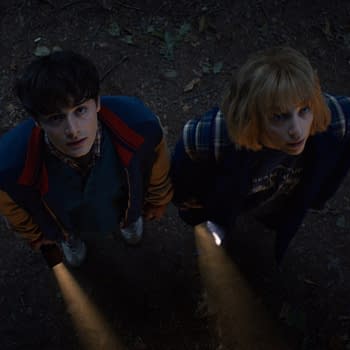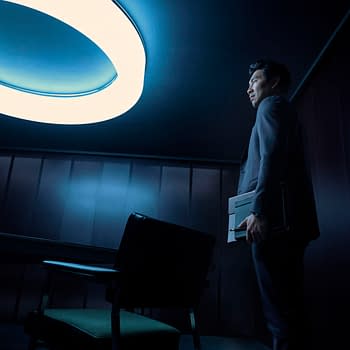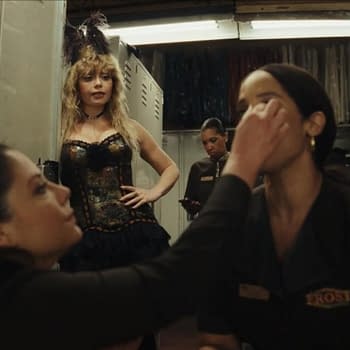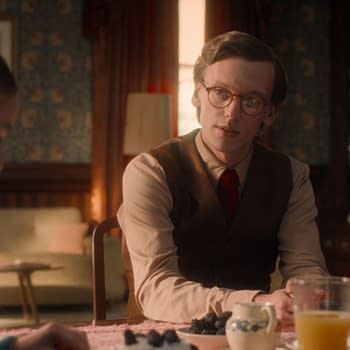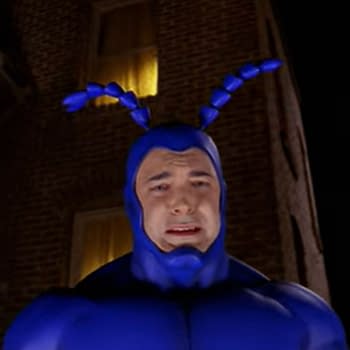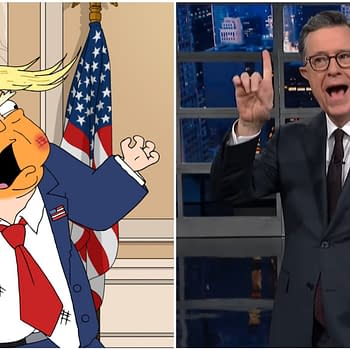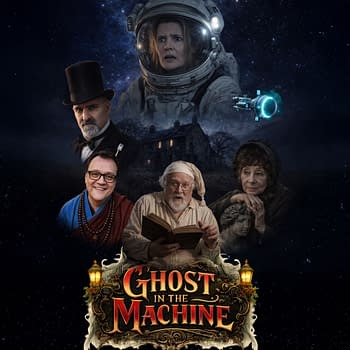Posted in: Opinion, Paramount+, Star Trek, streaming, TV, TV | Tagged: Bruce Horak, LeVar Burton, opinion, star trek, star trek: deep space nine, star trek: discovery, Star Trek: The Next Generation, star trek: voyager
Star Trek Can/Should Lead on Representing People with Disabilities
Star Trek has led the way with on-screen representation, and that needs to continue when it comes to representing people with disabilities.
Make no mistake; Star Trek is done a wonderful job in terms of representation, especially when it comes to women, POC, and the LGBTQ+ community, with each series incorporating diverse casts. But when it comes to representing the disabled community, the franchise can & should be doing more. Just to be clear… there have been several characters that have represented the community since The Original Series, but in many instances, they were played by non-disabled actors – a larger problem in the entertainment community that still exists today.
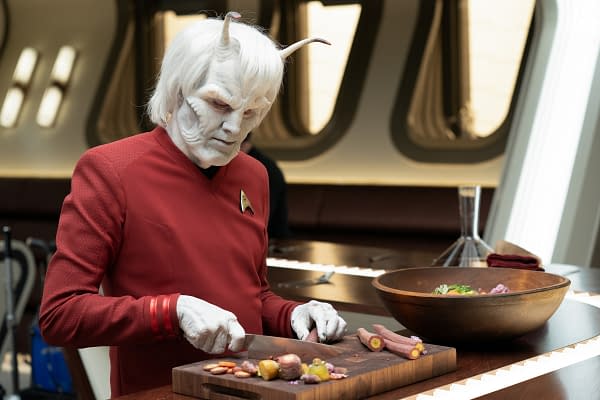
One of the first visually impaired main characters on a Star Trek series is LeVar Burton's Geordi La Forge, who is visually impaired (though Burton isn't). He has a visor that allows him to see along with giving him some enhanced abilities and advanced senses. When he typically loses his visor, he's unfortunately stereotypically helpless as he's largely relied on technology to be a productive member of the crew. We never see Geordi use a cane or become adept at other senses – moments that many who are visually impaired could use to feel better represented. We do see some progress with Bruce Horak, a visually impaired actor conducting his job as chief engineer of the U.S.S. Enterprise on Strange New Worlds. And that's when we learn more about the Aenar, a visually impaired race that has other heightened other senses. Unfortunately, he becomes season one's biggest casualty in the penultimate episode, undercutting any further development the character could have had short of flashback cameos in future seasons.
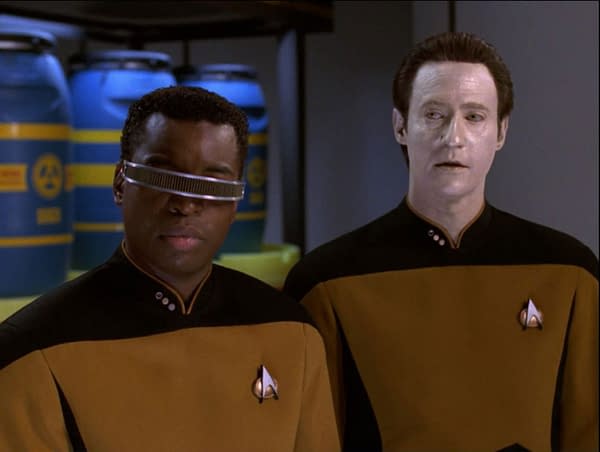
While it's conceivable that Horak could return in a recurring role or cast member as a different character, the quickness with which the character was introduced and then taken away still has a sting to it for some. We've also been woefully lacking when it comes to hearing-impaired characters. We had two examples of American Sign Language use in TNG with Riva, played by Howie Seago in the season two episode "Loud as a Whisper" and the Ventu in the Voyager season seven episode "Natural Law." Riva not only communicates via ASL but also uses telepathy through a chorus. I'm also well aware of the infamous TOS Pike (Sean Kenney) from "The Menagerie," who's reduced to beeps. The less said about that, the better.
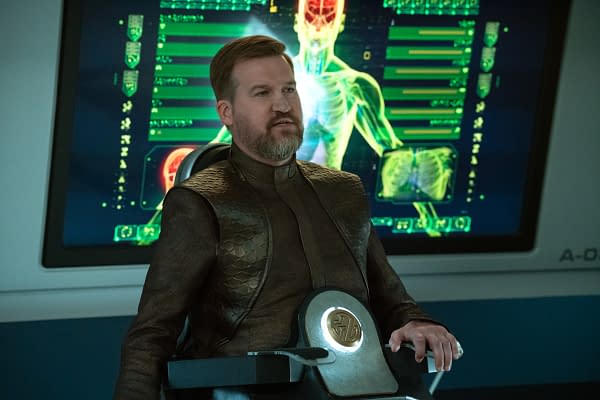
As far as physically disabled characters, we had Daphne Ashbrook's Ensign Melora Pazlar on Deep Space Nine, which explains her use of a wheelchair due to her species' inability to adjust to gravity conditions properly. And who can forget the versatile Kenneth Mitchell, who's played multiple roles on Discovery and the animated Lower Decks? His season three role as the human Aurellio on Discovery is a scientist who helps the villain, Osira (Janet Kidder). The actor's ALS diagnosis in 2019 had showrunners develop a hoverchair for his character.
My point is the franchise should do more to represent people with impairments and disabilities – and one of the best ways to do that is to start by hiring actors like Horak & Seago, who can bring across the authentic experience of their lives through the characters. Horak is the only actor with a physical impairment in the Star Trek cast – even if it wasn't for nearly as long as many viewers wanted. Who can forget the impact that Stephen Hawking had with his cameo on TNG on any number of levels? In the half-century-plus years that the "Star Trek" franchise has been around, I haven't seen any actor with Down Syndrome in this utopian franchise – another example. Make no mistake, the franchise has done and continues to do a great job of making so many feel included – which is why I'm writing this because "Star Trek" has often led the way when it comes to helping bring about important societal changes. But if it truly wants to continue reflecting the real world – and continue to lead while doing it – then it needs to continue growing its "big tent" approach to representation. Because in the end, every "Star Trek" fan should feel invested to boldly go where no one has gone before – together.






